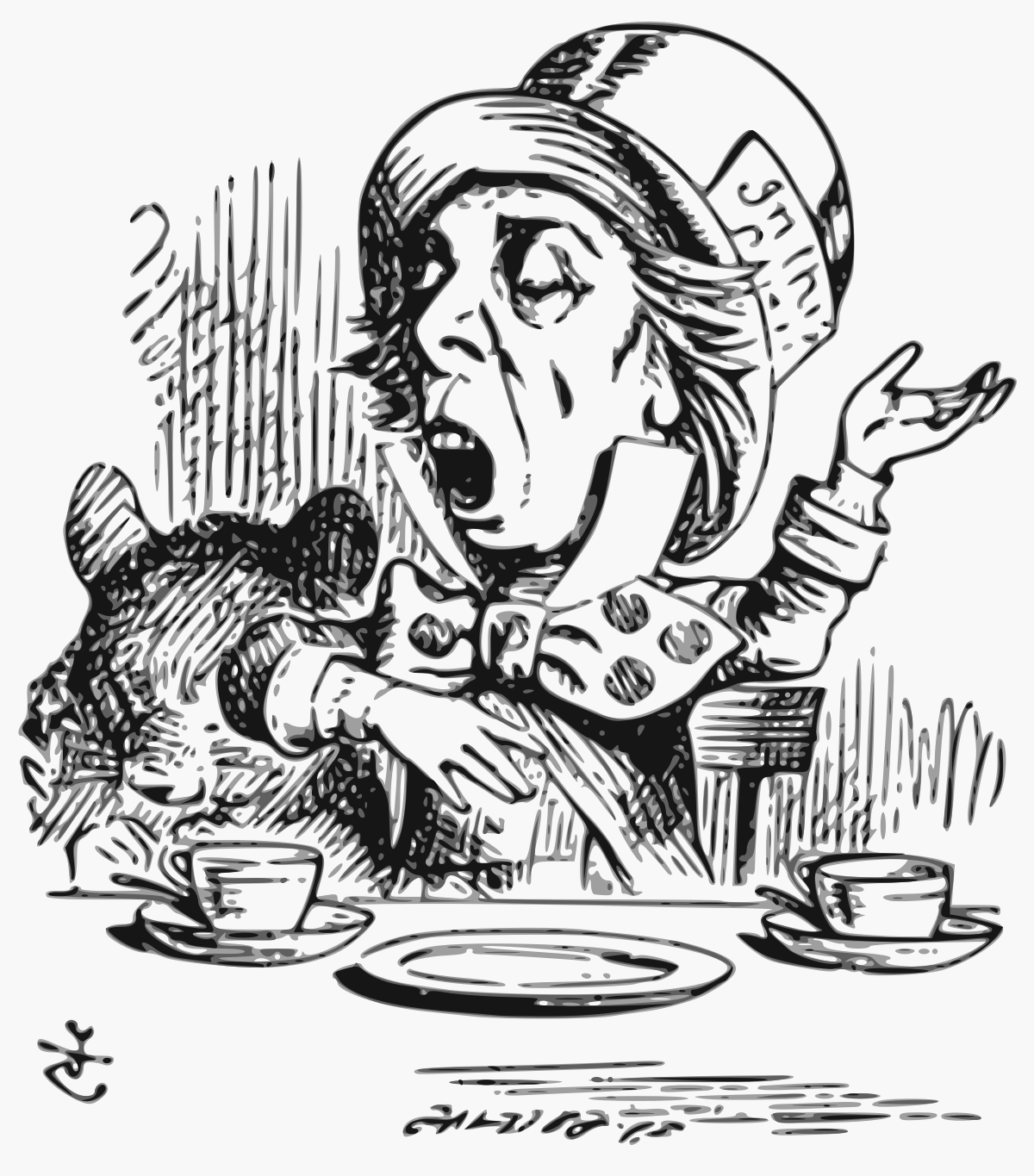Victorian England's Most Dangerous Jobs
After writing the story of Christiana Edmunds, I signed a contract with my publisher to write a book about the most dangerous jobs in Victorian England. The idea for this book came from the story of England's "mad hatters." I had always believed that the mad hatter from Alice in Wonderland was the product of fiction but actually, Lewis Carroll drew his inspiration from real life. Victorian hatters were well-known for their eccentric behaviour and having the shakes. Of course, we now know that hatters went "mad" because they routinely came into contact with mercury while manufacturing felt hats, but the Victorians believed their madness to be the product of drunkenness and vice. So the idea of the mat hatter was a well-established stereotype long before Caroll ever ventured into Wonderland.

The hatters weren't the only Victorian workers to come into close contact with dangerous substances on a daily basis, nor were they the only occupational group to be associated with insanity. Part of the problem for Victorian workers was that there was very little legislation in place to protect them. In fact, our understanding of occupational medicine (and much of our legislation to protect workers) was really born in the Victorian era. What's more, there has been relatively little research done in this field.
Although I have decided (for lots of different reasons) not to go ahead with the publishing of this book, I am going to publish a series of posts on this blog with some of my findings. I hope they will be of interest to anyone keen to know more about the day-to-day lives of ordinary Victorians.

The hatters weren't the only Victorian workers to come into close contact with dangerous substances on a daily basis, nor were they the only occupational group to be associated with insanity. Part of the problem for Victorian workers was that there was very little legislation in place to protect them. In fact, our understanding of occupational medicine (and much of our legislation to protect workers) was really born in the Victorian era. What's more, there has been relatively little research done in this field.
Although I have decided (for lots of different reasons) not to go ahead with the publishing of this book, I am going to publish a series of posts on this blog with some of my findings. I hope they will be of interest to anyone keen to know more about the day-to-day lives of ordinary Victorians.
